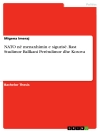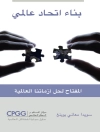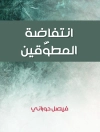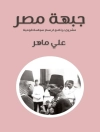This book presents a collection of papers illustrating the variety of ‘experimental’ methodologies used to study voting. Experimental methods include laboratory experiments in the tradition of political psychology, laboratory experiments with monetary incentives, in the economic tradition, survey experiments (varying survey, question wording, framing or content), as well as various kinds of field experimentation. Topics include the behavior of voters (in particular turnout, vote choice, and strategic voting), the behavior of parties and candidates, and the comparison of electoral rules.
สารบัญ
Part 1: Processing information about candidates / Voting correctly.- Deciding correctly: Variance in the effective use of party cues.- The company makes the feast. Party conflict and issue voting in multi-party systems.- Candidate extremity, information environments, and political polarization: Three experiments in a dynamic process tracing environment.- Common knowledge and voter coordination: Experimental evidence from Mali.- Part 2: Impact of polls on the decision to vote or to abstain.- Are people more or less inclined to vote when aggregate turnout is high?- Visibility and sanctions: The social norm of voting in the lab.- Part 3: Impact of polls on candidate choice: bandwagon effect and strategic voting.- Experiments on the effects of opinion polls and implications for laws banning pre-election polling.- Polls, partisanship, and voter decision-making: An experimental analysis.- Coalitions, coordination and electoral choice: A lab experimental study of strategic voting.- Patterns of strategic voting in run-off elections.- Strategic voting and personality traits.- Part 4: Methodological debate and innovations.- Individual behavior under evaluative voting: A comparison between laboratory and in situ experiments.- Recruiting for laboratory voting experiments: Exploring the (potential) sampling bias.- Measuring perceptions of candidate viability in voting experiments.- Electoral system and number of candidates: Candidate entry under plurality and majority runoff.- Through the polling booth curtain – a visual experiment on citizens’ behavior inside the polling booth.
เกี่ยวกับผู้แต่ง
Karine Van Der Straeten, Toulouse School of Economics, CNRS, Toulouse, France
Jean-François Laslier, Paris School of Economics, CNRS, Paris, France
André Blais, Université de Montréal, Département de science politique, Montréal, QC, Canada












